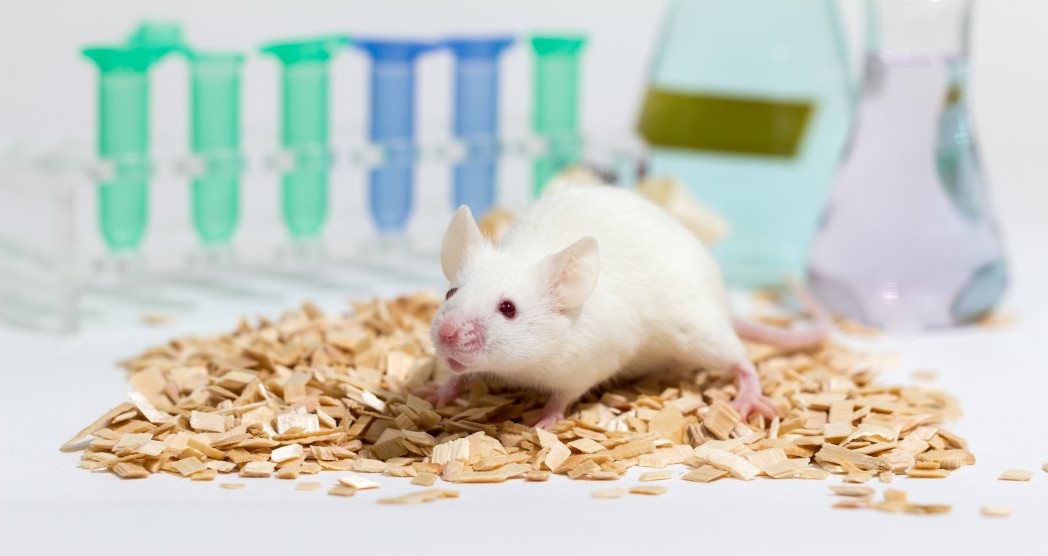ALS Progression in Mice Appears to Stop With Novel Treatment to Spinal Cord

Oregon State University researchers were able to stop the progression of amyotrophic lateral sclerosis (ALS, or Lou Gehrig’s disease) for nearly two years in a specific type of mouse model. The treatment allowed the animals to live for 650 days – 500 days longer than any other previous treatment has managed. The study, “Copper delivery to the CNS by CuATSM effectively treats motor neuron disease in SODG93A mice co-expressing the copper-chaperone-for-SOD,” was published in the journal Neurobiology of Disease.
“We are shocked at how well this treatment can stop the progression of ALS,” lead author Joseph Beckman, a distinguished professor of biochemistry and biophysics in the College of Science at Oregon State University, said in a recent news release.
Despite years of research efforts, there is no cure for ALS, and available treatments prolong survival for less than a month. ALS is caused by the deterioration and death of motor neurons in the spinal cord, which has been associated to mutations in copper, zinc superoxide dismutase, which is essential to life but can become toxic when damaged.
Researchers used an ALS mouse model to deliver a novel treatment called copper-ATSM, which helps deliver copper to cells with damaged mitochondria. This strategy allows the drug to penetrate the spinal cord of patients with ALS. It can then selectively deliver copper to the damaged organelles, and ultimately reduce the damage caused by the disease.
The treatment should not be confused with taking copper supplements, which can be toxic at even moderate doses. Scientists say copper supplements do not help people with ALS.
After treatment with the new drug, researchers were able to stop ALS progression in one type of ALS mouse model that survived more than 650 days, compared to two weeks without treatment.
After treatment had been stopped for two months, the animals again began exhibiting symptoms of ALS. But once treatment was restarted, mice gained weight, the progression of the disease was halted, and mice survived for another six to 12 months.
“We have a solid understanding of why the treatment works in the mice, and we predict it should work in both familial and possibly sporadic human patients,” Beckman said. “But we won’t know until we try. We want people to understand that we are moving to human trials as quickly as we can. In humans who develop ALS, the average time from onset to death is only three to four years.”
Researchers believe copper-ATSM could prevent death in ALS patients for years rather than months. Its effect in humans is still unknown, but the treatment is being rushed into human trials after these promising results. It is unlikely that the treatment allows the recovery of neuronal loss caused by ALS, but it could slow the progression of the disease after diagnosis. It could also potentially treat carriers of certain mutant genes that cause ALS.






